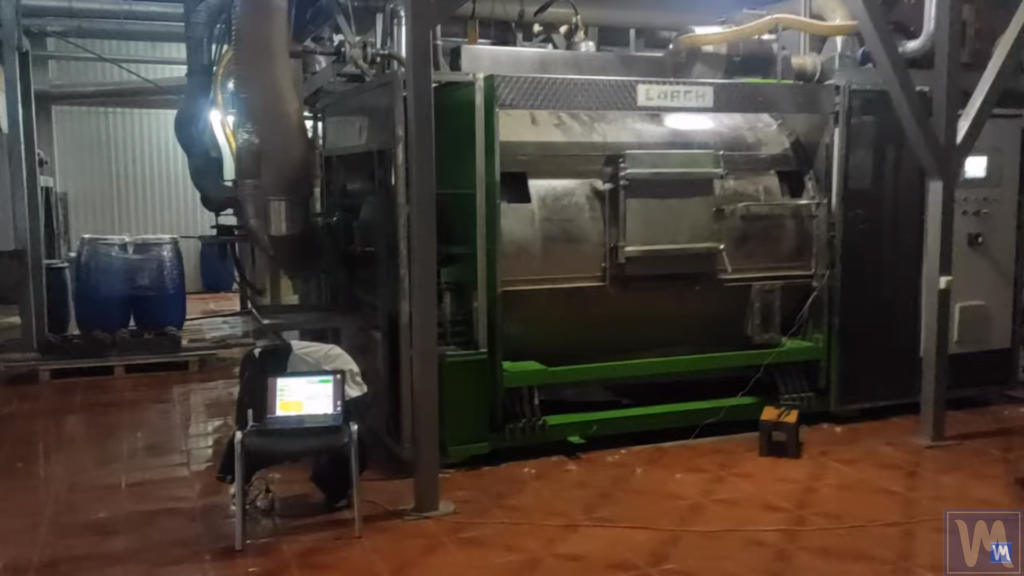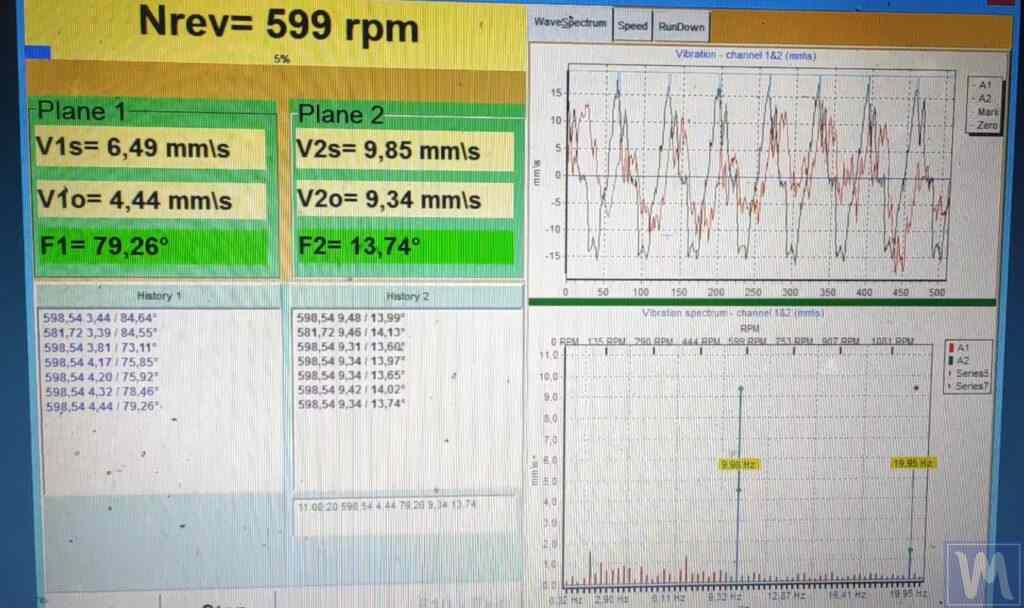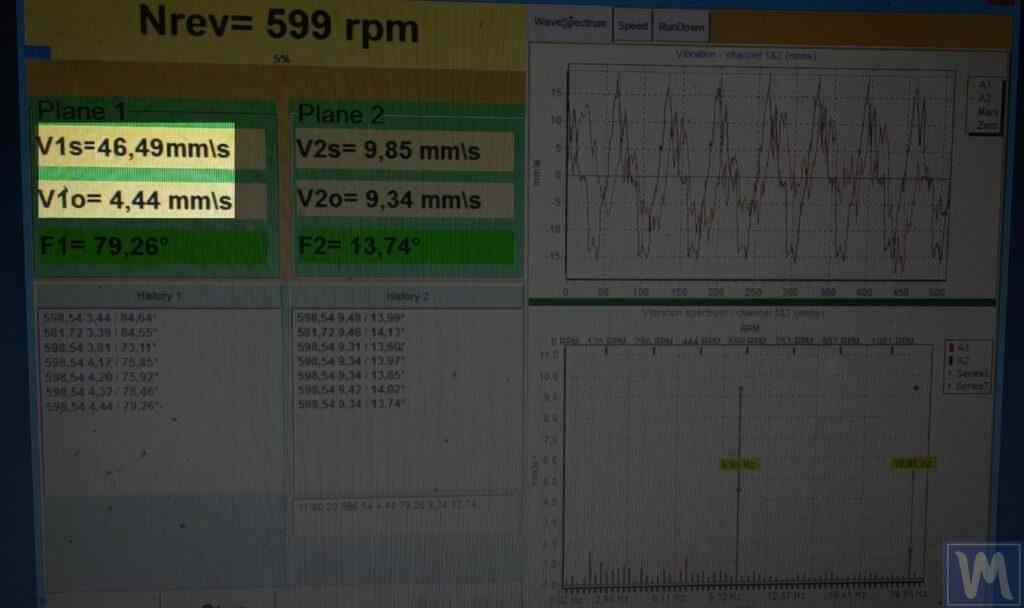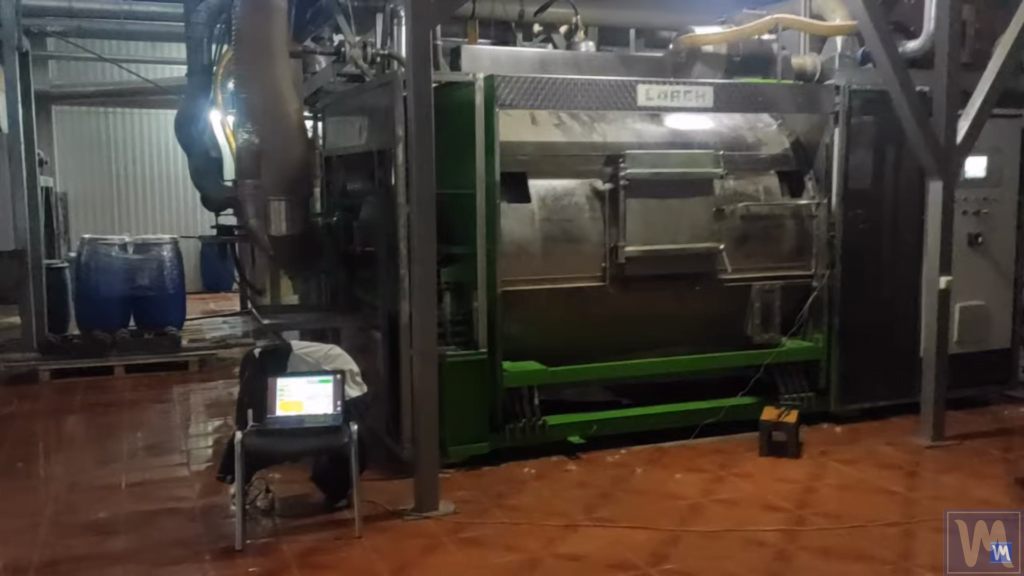Centrifuge Balancing: Ensuring Quiet Operation and Longevity
Centrifuges are essential in various industries, including the medical and chemical sectors, where they separate liquid mixtures by density differences. However, these machines are prone to vibrations, which can lead to several problems:
- Accelerated Wear: Increased wear on bearings, shafts, and seals reduces the lifespan of the equipment.
- Reduced Accuracy: Vibrations affect the precision of component separation, degrading product quality.
- Increased Noise Level: Noise can disrupt work environments and cause operator fatigue.
- Risk of Destruction: Severe vibrations can cause catastrophic equipment failures, posing safety risks.
What is Balancing?
Balancing is the process of adjusting the rotor’s mass distribution to minimize vibrations. This can be performed using static or dynamic methods:
- Static Balancing: Corrects static imbalances by placing the rotor on horizontal guides and adding weights until it stabilizes without swaying.
- Dynamic Balancing: Addresses both static and moment imbalances by rotating the rotor, using sensors to measure vibrations, and then applying the necessary corrections.

Problems Caused by Increased Vibration in a Centrifuge
Increased vibration in a centrifuge can lead to a number of problems, such as:
- Accelerated wear: vibration leads to friction and wear of bearings, shafts, seals, and other centrifuge components, reducing its service life.
- Reduced accuracy: vibration can affect the accuracy of component separation in the mixture, reducing the quality of the final product.
- Increased noise level: vibration can create unpleasant noise, which negatively affects the working conditions of the operators.
- Risk of destruction: in particularly severe cases, vibration can lead to the destruction of the centrifuge, posing a danger to people and the environment.
Balanset-1A: Your Reliable Assistant in Centrifuge Balancing
The Balanset-1A is a portable device for dynamic rotor balancing, which can be used to balance centrifuges of various types. It is easy to use and allows for high-precision balancing.
How to Balance a Centrifuge Using the Balanset-1A Device
- Vibration Measurement in Vibrometer Mode: The first step is to measure the rotor’s vibration in vibrometer mode.

- Analysis of the Ratio Between Total and Rotational Vibration Components: Compare the magnitude of the total vibration with the rotational component. If the total vibration approximately equals the rotational one, it indicates that the main contribution to the mechanism’s vibration is due to rotor imbalance. In this case, you can proceed to rotor balancing. If the total vibration significantly exceeds the rotational, this may indicate the presence of other problems not related to imbalance.

- Mechanism Inspection: If the total vibration significantly exceeds the rotational, a mechanism inspection is necessary.
- Bearing Inspection: Check the condition of the bearings, their wear, and the presence of play.
- Mounting Reliability: Verify the reliability of the mechanism’s mounting on the foundation, ensuring there are no gaps or plays at the attachment points.
- Rotor Interference: Ensure that the rotor does not interfere with stationary parts during rotation.
- Stability of Readings: Pay attention to the stability of readings in vibrometer mode. During normal operation, the amplitude and phase of vibration should not change by more than 10-15% during measurement.
- Preparation for Balancing: If no other problems were identified during the inspection, you can proceed to rotor balancing.
Important: Before balancing, thoroughly clean the rotor from dirt, dust, and grease to ensure accuracy of measurements.
Conclusion
Regular balancing of centrifuges using tools like the Balanset-1A enhances their operational stability, extends their service life, improves accuracy, and reduces noise and safety risks. Regular checks and maintenance are recommended to keep your centrifuge in optimal condition, ensuring its longevity and reliable operation.
Article text sourced from: Prevention is Better Than Cure: How Regular Centrifuge Balancing Helps Avoid Costly Breakdowns





